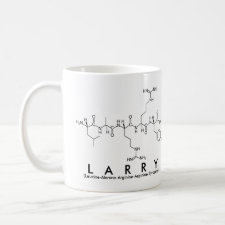
Authors: Muldoon MT, Stanker LH
Article Title: Molecularly imprinted solid phase extraction of atrazine from beef liver extracts.
Publication date: 1997
Journal: Analytical Chemistry
Volume: 69
Issue: (5)
Page numbers: 803-808.
DOI: 10.1021/ac9604649
Abstract: Molecularly imprinted polymers were used as specific binding matrices for the solid phase extraction and cleanup of biological sample extracts. To demonstrate this, an anti-atrazine polymer was used to cleanup organic extracts of beef liver. Atrazine retention on the columns was greatest in chloroform. The binding capacity of the polymer in chloroform was 19 mu mol of atrazine per gram. Purified and unpurified beef liver extracts were analyzed by both reversed- phase HPLC and ELISA. The use of molecularly imprinted solid phase extraction (MISPE) improved the accuracy and precision of the HPLC method and lowered the limit of detection (0.005 ppm). Atrazine recovery as determined by HPLC from beef liver homogenates spiked to levels from 0.005 to 0.5 ppm averaged 88.7% following MISPE and 60.9% for the unpurified extracts. Atrazine recovery as determined by ELISA averaged 92.8% following MISPE and 79.6% for the unpurified extracts. Crude tissue sample extracts interfered with both the HPLC and ELISA methods, However, the use of MISPE allowed for the rapid analysis of complex biological matrices using either method at the tolerance level of 0.02 ppm in meat products. The application of molecular imprinting technology for solid phase extraction is a new approach for the analysis of highly lipophilic low molecular weight contaminants



Join the Society for Molecular Imprinting

New items RSS feed
Sign-up for e-mail updates:
Choose between receiving an occasional newsletter or more frequent e-mail alerts.
Click here to go to the sign-up page.
Is your name elemental or peptidic? Enter your name and find out by clicking either of the buttons below!
Other products you may like:
 MIPdatabase
MIPdatabase









